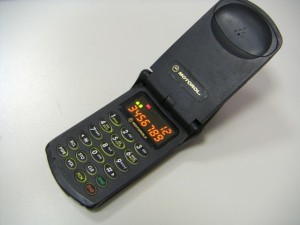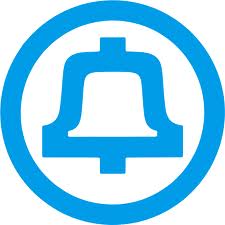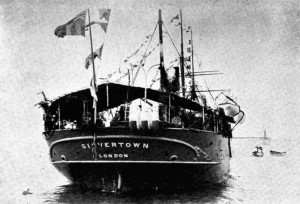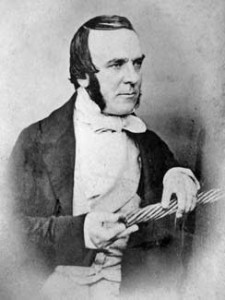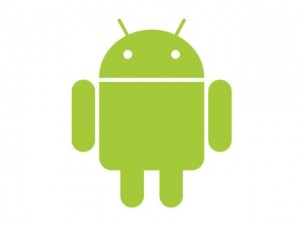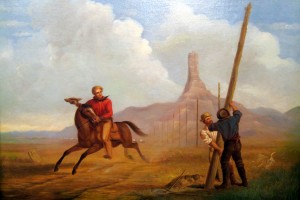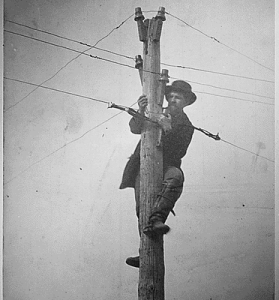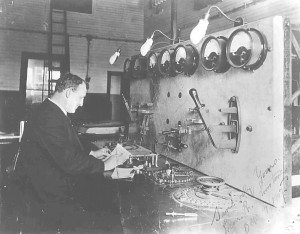Telecommunications
Motorola StarTAC Introduced
Motorola introduces the StarTAC, the first clamshell flip cell phone. The smallest and lightest cell phone available at the time, the StarTAC’s “wearability” made it one of the first cell phones to achieve mainstream popularity. About 60 million StarTAC phones were sold over the series’ lifetime, becoming the stereotype for what most people refer to as “flip phones,” even to this day.
The Breakup of Ma Bell
The original American Telephone & Telegraph Company is divested of its 22 Bell System companies as a result of the settlement of the 1974 United States Department of Justice antitrust suit against AT&T.
AT&T Takes Over Bell System
American Bell, at the time parent corporation of the AT&T company, reorganizes and transfers its assets into AT&T. American Bell was incorporated in Massachusetts and AT&T was incorporated in New York. Massachusetts corporate laws would have limited the growth of American Bell so by reorganizing, AT&T could bypass Massachusetts law by becoming the parent company of American Bell and the Bell System. Eventually AT&T would become a legalized monopoly in the United States.
The First Transpacific Telegraph Cable
The cable ship Silvertown begins laying the first Transpacific telegraph cable from San Francisco, destined for Honolulu, Hawaii. After laying 2,238 nautical miles of cable, the Silvertown will land in Honolulu on December 26th. On January 1, 1903 the connection between Hawaii and San Francisco was established. Public messages will begin transmitting on January 5.
Telephones Get a Push
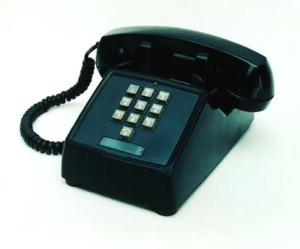
A push-button TouchTone phone from 1963. Note the missing * and # keys. They were not introduced until 1968.
November 18, 1963
Bell Telephone offers the first electronic push-button telephones to customers in Carnegie and Greensburg, Pennsylvania. Dual-tone multi-frequency (DTMF) technology (Touch-Tone) was also introduced on the same day in order to accommodate the new push-button telephones.
First Underwater Telegraph Cable
Laid by British telegraphic engineer John Watkins Brett and his brother Jacob Brett, the world’s first operational underwater telegraph cable opens for business. Connecting the English city of Dover to the French city of Calais, the cable was ran at the narrowest point of the English channel. With this link, communication between London and Paris was made possible.
Android Introduced
Google introduces the Android platform, its mobile operating system for cell phones based on a modified version of the Linux operating system. The first Android-based phone would ship in September of 2008.
Pony Express Goes Bye-Bye
Only two days after the Transcontinental Telegraph line opened, the Pony Express ceases operation. Prior to the opening of the cross-country telegraph line, the Pony Express was the fastest way to send communication between St. Jospeph, Missouri and San Franscisco, California.
First Transcontinental Telegraph Line
Western Union completes the first transcontinental telegraph line across the United States, making nearly instantaneous cross-country communication possible for the first time. Previously, it took ten days for a letter to be sent from Missouri to California via the Pony Express. Not coincidentally, two days later the Pony Express shut down operations.
First Transatlantic Wireless Telegraph Service
Guglielmo Marconi officially opens the first commercial transatlantic wireless telegraph service, which runs between Nova Scotia and Ireland.

